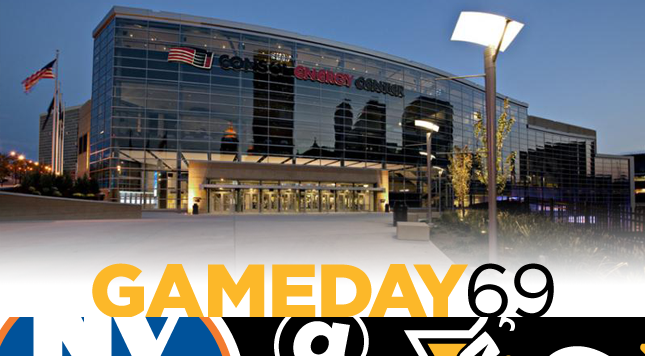A few days ago came across a tweet mentioning a number of universities selling basketball jerseys referencing the numbers of their best players. This references that the school can profit off the sale, yet an individual athlete cannot as it’s a NCAA rule violation.
The issue at the forefront is whether athletes deserve to get paid in a traditional sense. For example instead of Duke Blue Devils head coach Mike Krzyzewski offering a tremendously talented point guard a full scholarship, he has a one-year contract for him once he turns 18, for the amount of $100,000 dollars. This will give the freshman the opportunity to pay his full tuition, room and board, meals, tutors and spending money for his first year of college.
What happens in year two? He either enters the NBA Draft or stays at Duke. Yet, since he’s no longer a freshman and has one college season under his belt what happens? Does he get a raise say to $150,000 or is there away to negotiate even more money? What happens if there’s a disagreement? Will the point guard then sit out until his demands get met?
This applies to other sports on campus as well.It also raises concerns about how non-revenue generating sports will get paid and Title IX also comes into play. In other words student athletes getting paid in a traditional sense is highly unlikely and has very little chance of happening.
College athletes already get full scholarships which means free room and board, classes, books, meals and tutors. Partial scholarships are also given, which pays for part of the costs associated with attending their chosen university. It also creates a competitive disadvantage to smaller schools where Duke can afford to pay a player who would normally start just to sit on the bench.
Athletes do have multiple funds available to use that help with clothing, emergency travel, educational and medical expenses. There’s even one that’s available to those who may no longer be playing in their respective sports and allows access to those who need to travel home, computers, school supplies, medical expenses for spouses or dependents, summer school, degree-completion programs and professional development.
Meaning that the media has done a great job of perpetuating the myth of the broke student athlete or trying to explain the rationale on a situation like that of quarterback Terrelle Pryor who accepted money for selling his own memorabilia.
The NBA implemented what is now called the “one and done rule” which meant players entering the NBA Draft must be at least 19-years of age or one-year removed from their high school graduating class. As a result more players than ever decided to come out of college early and as a result the NBA product has been the worst it has ever been.
Adam Silver who recently took over as commissioner after David Stern is looking to change the rule to two years removed from high school and an age requirement of 20-years of age. For the NFL their rules have always been three years out of high school due to the physical nature of the game and for MLB a player can get drafted out of high school, yet usually will decide to play in college and once enrolled at a four-year school must complete their junior year to enter the draft again.
More importantly the question becomes if such a small percentage of athletes end up playing professionally why is the issue of payment such a big deal now? When the reality is the NCAA will never budge on their stance.
Add The Sports Daily to your Google News Feed!

